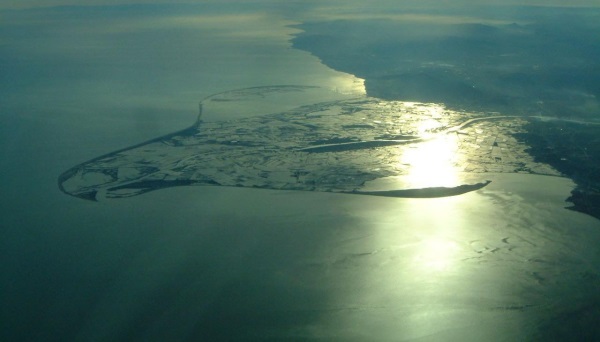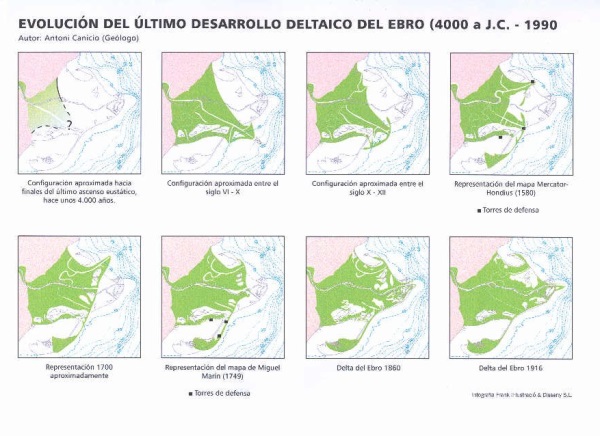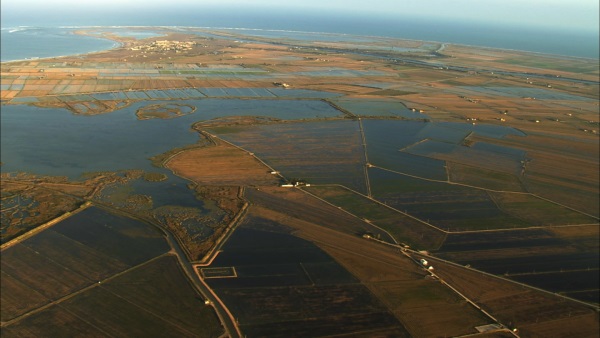Although the origin of the deltaic formations are as old as the river itself, it was not until the last stabilization of the sea level that the current delta complex began to form, approximately 4,000 years ago.
In all this time, especially between the 16th and 19th centuries, a vast area of 320 km2 of sediments contributed by the natural erosion of the river basin has been configured, transported by the river to the coastal maritime zone and distributed through the action of waves and ocean currents, in an intense play of forces between the two units.
The characteristics of the basin, with a great extension, the nature of the materials that make it up, and few but torrential rains; Together with the characteristics of the Mediterranean Sea, where the river flows, with a low tidal regime, gentle waves, as well as the shallow depth of the coastal maritime zone, they have made possible the configuration of the Ebro Delta, about 22 km into the sea.

The materials that are found, clays, silts or derived sands, are worked by the river and by the sea forming a large number of deltaic environments, in addition, the compaction and settlement of the soft sediments that form the delta can end up giving new lagoons and bays in sinking, below sea level, the spaces that have stopped receiving sediments, constituting an essentially dynamic and evolving set in the short, medium and long term, creating a multitude of ecological niches in small surfaces, which give the area a high biological diversity.
According to the scheme proposed by the geologist Antoni Canício in the period between 4000 BC and 1990 the different movements of the river course are reflected, being able to appreciate the formation of old coastal lagoons present or disappeared in the deltaic plain.

The hydrology of the area is characterized by showing a whole gradation of salinities in the different spaces, thus, we find the tusks, with a very low salinity, and with lagoons, the content of salts of which is much higher. These lagoons, however, vary this degree of salinity depending on the periodic cycle of rice cultivation due to the fact of being part of the drainage system of the general irrigation network, so that between the months of March to December there is a considerable contribution of fresh water in the rafts. The rest of the year, as this contribution decreases, the salinity increases. To this fact must be added the marine influence on the rafts. All these factors have a direct impact on the generation of the different types of mosquitoes.




